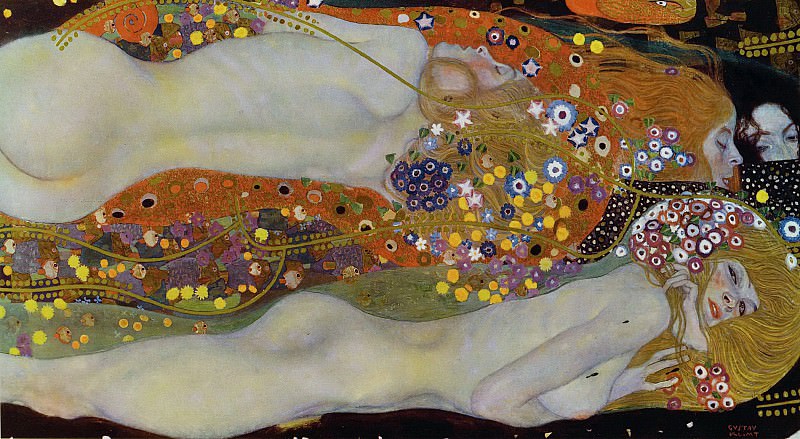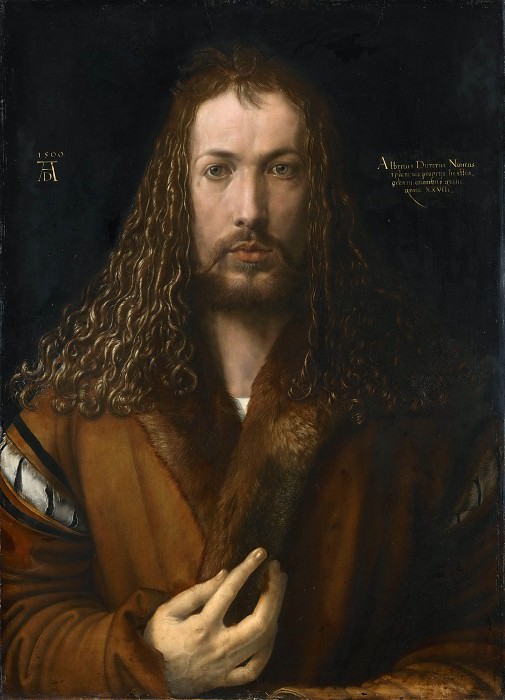Pauline Boty: A Revolutionary Voice in Pop Art
Pauline Boty, often hailed as the "First Lady of British Pop Art," is a figure whose work has only recently begun to receive the recognition it deserves. Her art, a blend of vibrant colors, bold imagery, and incisive commentary on popular culture, serves as a powerful lens through which the 1960s are explored. In a world dominated by male artists, Boty carved out a niche for herself, using her art to challenge societal norms and expectations of women.
The Emergence of a Pop Art Icon
Born in 1938 in Carshalton, Surrey, Pauline Boty displayed an early interest in the arts, a passion that would eventually lead her to study at the Wimbledon School of Art and later the Royal College of Art. At a time when the British art scene was heavily influenced by Abstract Expressionism, Boty's fascination with popular culture set her apart. She drew inspiration from mass media, advertisements, and the burgeoning celebrity culture, which became recurring themes in her work.
Her art was a reflection of the world around her, capturing the vibrant energy of the 1960s—a time of significant social and cultural upheaval. Boty's work was characterized by its bold use of color and its playful yet critical engagement with contemporary culture. She was one of the few female artists in the British Pop Art movement, and her work often included images of famous figures, from Elvis Presley to Marilyn Monroe, as well as political figures like John F. Kennedy.
Feminism and the Female Gaze
One of the most compelling aspects of Pauline Boty's art is her exploration of the female experience and the female gaze. At a time when women were largely relegated to the role of muse or object in art, Boty used her work to assert the female perspective. Her paintings often depicted women in powerful, assertive poses, challenging the traditional male-dominated narratives of art.
In works like "The Only Blonde in the World," Boty depicted Marilyn Monroe not as a passive sex symbol, but as a complex, multifaceted individual. Through her portrayal of Monroe, Boty highlighted the contradictions inherent in the actress's public persona, offering a critique of the ways in which women were commodified and objectified in popular culture.
Boty's work also engaged with themes of sexual liberation and desire, topics that were often considered taboo at the time. Her painting "It's a Man's World I" is a striking commentary on the male gaze and the objectification of women. The work features a series of pin-up girls interspersed with images of male politicians, creating a juxtaposition that critiques the ways in which women were viewed and treated in society.
Political Engagement and Social Commentary
In addition to her exploration of gender and sexuality, Pauline Boty's art was also deeply political. She was acutely aware of the social and political changes taking place around her, and her work often reflected her concerns about these issues. Boty was particularly interested in the intersection of politics and popular culture, and her art frequently featured references to contemporary events and figures.
One of her most famous works, "The BUM," is a satirical piece that combines an image of a glamorous woman with the face of the then-Prime Minister Harold Macmillan. The painting is a critique of the British political establishment and its detachment from the concerns of ordinary people. Through her art, Boty expressed her dissatisfaction with the status quo and her desire for a more just and equitable society.
Another significant work, "Countdown to Violence," was created in response to the Cuban Missile Crisis. The painting is a powerful commentary on the fear and anxiety that gripped the world during this period, and it reflects Boty's deep concern about the potential for nuclear war. The work is a vivid reminder of the political tensions of the time and the ways in which they permeated everyday life.
The Legacy of Pauline Boty
Despite her untimely death at the age of 28, Pauline Boty's influence on the art world continues to be felt. For many years, her work was overlooked, and she was often referred to as "forgotten." However, in recent years, there has been a resurgence of interest in her art, and she is now recognized as a pioneering figure in the British Pop Art movement.
Boty's work is significant not only for its artistic merit but also for its social and political commentary. She was a trailblazer who used her art to challenge the conventions of her time, and her work continues to resonate with contemporary audiences. As more attention is given to female artists and their contributions to art history, Pauline Boty is finally receiving the recognition she deserves as a key figure in the Pop Art movement.
Conclusion: A Visionary Ahead of Her Time
Pauline Boty's art is a testament to her visionary approach to both art and life. Her ability to blend popular culture with social commentary, all while challenging gender norms, set her apart from her contemporaries. Today, her work stands as a powerful reminder of the importance of challenging the status quo and the vital role that art can play in reflecting and shaping societal values. Through her vibrant, bold, and unapologetically feminist art, Boty has secured her place as a true icon of 20th-century art, and her legacy continues to inspire new generations of artists and thinkers.




